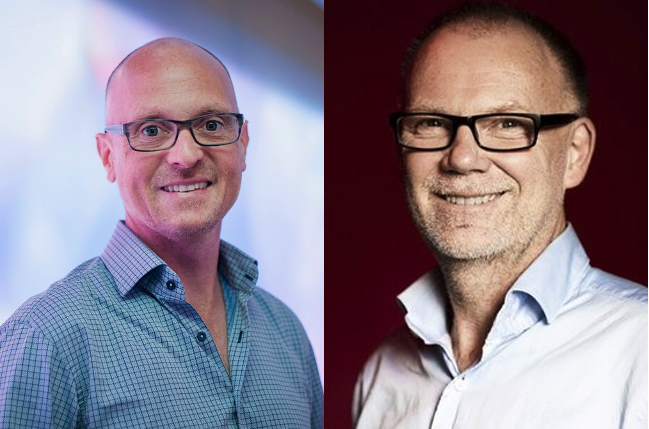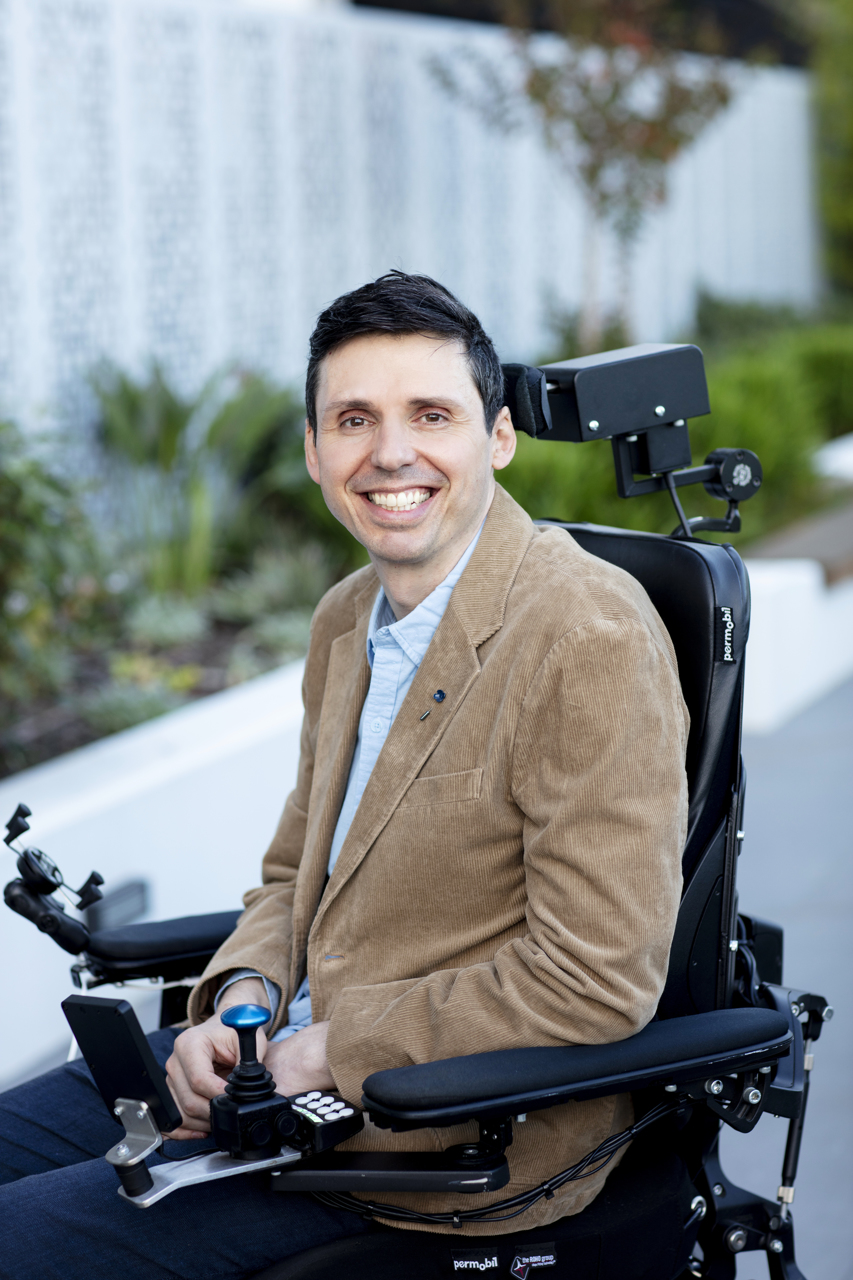
Dr. Drew Berry and Professor Anders YnnermanKeynote - Visualizing the Chemistry of Life on giant 360-degree screens
2023-10-24T00:00:00ZGMT-0600Change your timezone on the schedule page
Abstract
Our keynote presentation will take you on a journey through the creative storytelling and technical challenges of bringing multi-scale visualizations to giant-sized fulldome screens. Our immersive 360-degree film, 'Chemistry of Life', launched in 2023, presents an ultra-high resolution stereo 8K experience that explores the life around us from what we experience every day to the hidden microscopic realms of the molecular. The production takes you on a journey into your inner universe, combining advanced scientific visualizations to bring you into the dynamic, molecular world we all carry within us. We explore the powerhouses of cells, mitochondria, and learn how chemical processes connect us to all other life forms on Earth. Throughout this presentation, we will discuss the technical and artistic challenges we faced, as well as the scientific research that informed our approach. Our hope is that this film will inspire a deeper appreciation for the world around us and encourage us all to continue exploring and learning about the mysteries of our universe.
About
Dr. Drew Berry is a biologist-animator renowned for his visually stunning and scientifically accurate animations of molecular and cellular processes. Trained as a cell biologist and microscopist Drew brings scientific rigour to each project, ensuring current research data are represented. Since 1995, Drew has been a biomedical animator at the Walter and Eliza Hall Institute of Medical Research. His work has been exhibited at international venues, including the Guggenheim Museum, MoMA, and the Royal Institute of Great Britain. In 2011, he collaborated with the musician Björk for her album Biophilia. His many awards include an Emmy, a BAFTA, and the MacArthur Genius Fellowship. See his animations on wehi.tv. Professor Anders Ynnerman holds the chair in scientific visualization at Linköping University and is the director of the Norrköping Visualization Center C. His research interest lies in the area of visualization of large scale and complex data with applications in a wide range of areas including medical visualization, space and astronomical research as well as visualization in science communication. Ynnerman is a member of the Swedish Royal Academy of Engineering Sciences and the Royal Swedish Academy of Sciences. In 2007 Ynnerman was awarded the Akzo Nobel Science award and in 2010 he received the Swedish Knowledge Award for dissemination of scientific knowledge to the public. In 2017 he was honored with the King’s medal for his contributions to science and in 2018 he received the IEEE VGTC technical achievement award.

Professor Matt Duckham, RMIT UniversityCapstone - All over the map
2023-10-26T23:45:00ZGMT-0600Change your timezone on the schedule page
Abstract
'Spatial is special' is a phrase often used by geographic information (GI) scientists, like Matt. Yet, many other research communities without a 'special' focus on spatial are continually innovating with important new spatial tools, ideas, techniques, and insights, including the visualization community. This creative tension---between domain expertise and domain exclusivity, between discipline boundaries and discipline blends---can move interdisciplinary GI science research 'all over the map' (in both senses of complete mastery and chaotic muddle). The tension is especially pronounced in connection with maps and mapping. On the one hand, the art and science of mapping is traditionally a domain of 'special' study in cartography. On the other, maps are a basic tool for information visualization in almost every academic and professional discipline that analyzes data related to geographic location. Indeed, even GI scientists have a complex relationship with maps---at times cherished touchstone; at others atavistic constraint. This capstone uses the map---perhaps the ultimate interdisciplinary artefact---as a lens to reflect on essential research themes in GI science, and on the nature of interdisciplinary research into geovisualization. The analysis identifies five 'special' features of geographic information, including its structure, dynamism, uncertainty, and its intimate connection with human cognition, that directly impact on mapping and geovisualization. The examples highlight the importance of knowledge exchange in an interdisciplinary field like GI science, and particularly of exchange with the visualization community. The conclusions also look to the future, and identify some of the most promising emerging problem domains in GI science.
About
Matt is a Professor in Geospatial Sciences and Director, Information in Society EIP (Enabling Impact Platform) at RMIT University. His research in to spatial computing, geovisualisation, and geospatial AI (geoAI) connects strongly with applications in areas such as emergency response, defence, transportation, and environmental monitoring. He's an author of the widely used GIS textbook 'GIS: A Computing Perspective', now in its third edition (https://doi.org/10.1201/9780429168093), and a founding editor of the Journal of Spatial Information Science (JOSIS). Matt has previously worked at the University of Melbourne, as a Professor in GIScience and as an ARC (Australian Research Council) Future Fellow, and at the NCGIA (National Center for Geographic Information and Analysis) at the University of Maine, USA.